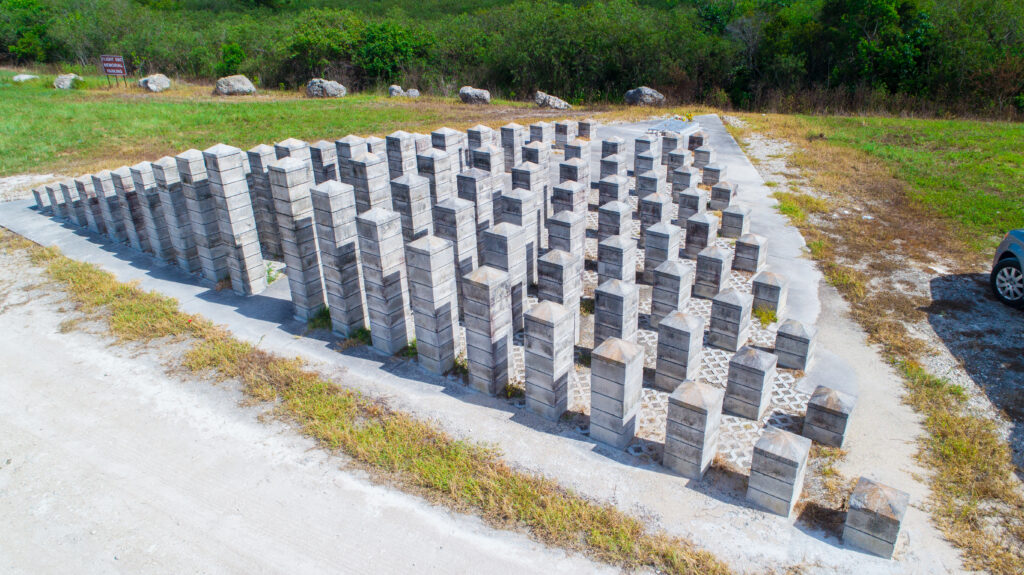On May 11, 1996, ValuJet Airlines Flight 592, a Douglas DC-9 aircraft, departed from Miami International Airport en route to Atlanta, Georgia. Tragically, a fire caused by improperly handled chemical oxygen generators in the cargo hold led to the plane crashing in the Florida Everglades, claiming the lives of all 110 passengers and crew members on board.
Just minutes after takeoff, the pilots reported smoke in the cockpit and requested an immediate return to the airport. However, the rapidly intensifying fire made it impossible for the crew to maintain control, and the aircraft plummeted into the swampy terrain of the Everglades at a high rate of speed.
Investigations by the National Transportation Safety Board (NTSB) revealed that the fire was caused by the accidental activation of oxygen generators stored in the cargo hold. These generators, which had been improperly labeled as “empty” and not equipped with safety caps, produced intense heat upon activation. The heat ignited nearby materials, resulting in an uncontrollable blaze.
In the aftermath of the ValuJet Flight 592 tragedy, the FAA implemented stricter regulations for the handling and transportation of hazardous materials, aiming to prevent similar incidents in the future. The crash of Flight 592 serves as a sobering reminder of the importance of adhering to safety protocols and maintaining proper oversight within the aviation industry.
References:
https://www.faa.gov/lessons_learned/transport_airplane/accidents/N904VJ
https://simpleflying.com/valujet-flight-592-cargo-hold-fire-story/




